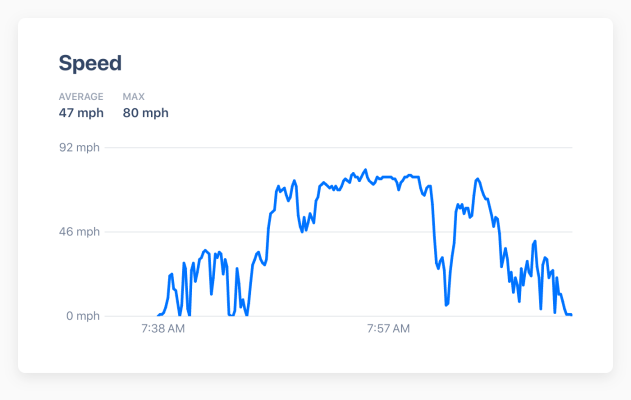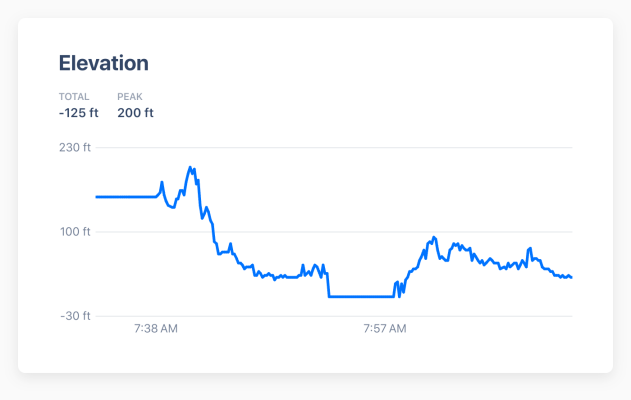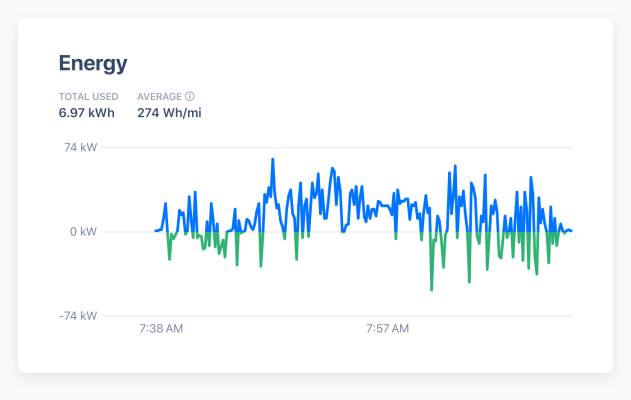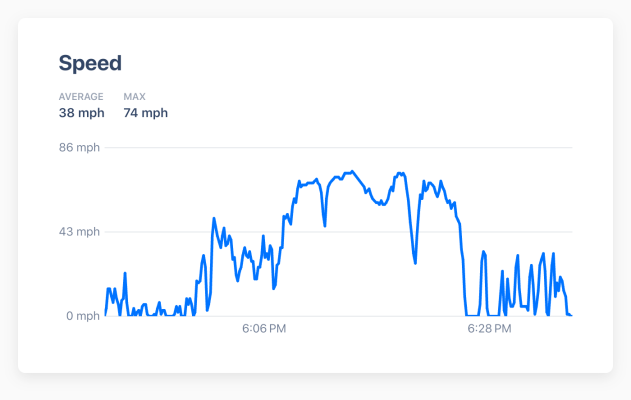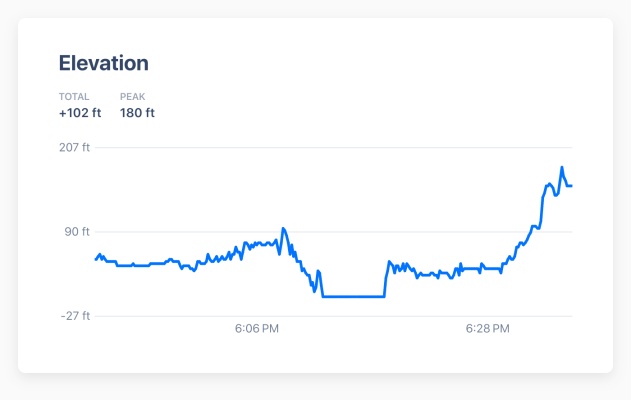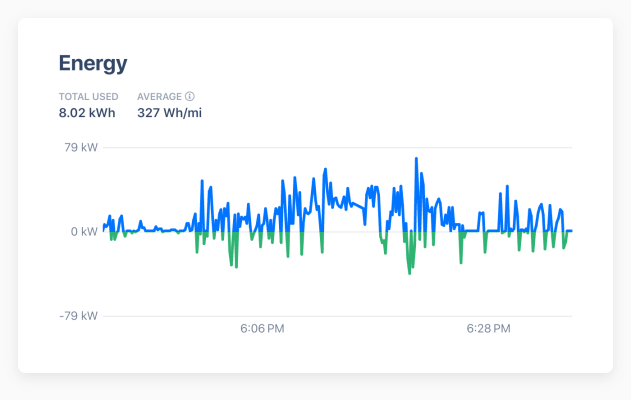I let ken830 answer first, and here's my answer. See what ken thinks of my reply.
Fair. I took the question more literally: Are the EPA range numbers useful for high-level comparison between models -- not how close it gets to actual driving conditions. But as both our answers suggest, the answer for both interpretations is "it depends, but mostly no."
I agree. There needs to be more EV's around the size and price of the Bolt EV/EUV. Until that happens, it's difficult to imagine that EV's will ever even take over 50% of the market. I guess it takes time since car makers want to maximize their profits with the larger more expensive EVs. Until that market is saturated, we probably won't see many more smaller more affordable EVs. The Volvo EX30 is a good start but there needs to be EV's around $25-30k. If the floodgates ever open up from China for their EVs (like BYD) , there will be many more affordable EVs, assuming the tariffs aren't too high.
Size/range/price of Bolt and other "compliance"-vehicles weren't sustainable. We're kind of at the end of that era, but we will get there.
Batteries are expensive and heavy. Fitting an EV with useful range to replace a traditional ICE vehicle's normal duties is going to be expensive. Traditional manufacturers tried to solve this by reducing the battery size down, putting that still-kind-of-expensive battery in the cheapest chassis/vehicle possible, then selling it with negative margins in California (and other locales) where they can make up the negative margins with regulatory credits that enable them to sell greater number of high-profit gas-guzzling vehicles and/or avoid fees & penalties for low fleet-level MPG averages. The reason it didn't work is because they were asking consumers to buy a Chevy Cruze-like vehicle at a Cadillac price... at a loss. No one wins in that equation.
Tesla comes along and flips the equation. They correctly concluded that if the batteries are expensive, you should put it in a premium chassis with premium parts and features while highlighting the incredible performance of an electric drivetrain and sell it at a premium price with positive margins. As the price of batteries come down, you can continue to move down-market. That's exactly what's been happening. Today, the Model 3 can be had for under $30k after incentives ($40k before) and Tesla is building their largest factory ever in Mexico in preparation for a yet-to-be-announced cheaper-than-Model-3 model. This formula has worked incredibly well for Tesla and from the beginning, it has been broadcasted freely to the world in their original "Master Plan" back in 2006.
https://www.tesla.com/blog/secret-tesla-motors-master-plan-just-between-you-and-me
So, in short, the master plan is:
1. Build sports car
2. Use that money to build an affordable car
3. Use that money to build an even more affordable car
4. While doing above, also provide zero emission electric power generation options
Don't tell anyone.
Does anyone know how much hilly terrain affects range? My BMW IX has a stated range of 324 however, testing it in April, gave me about 275. I charged to 100% and ran it down until I had 10-15 miles 'left'. I live in the SF Bay Area on the peninsula (mild weather) in the hills. The majority of my driving is in town in the flats.
Everything I can find says hilly terrain does affect range, but nothing on how much. Anyone know? Ken, I live one city over from you near 280 if that helps. I plan to rerun the test, charging to 80% and running it down to 20% when we get some nice warm weather, if we ever get some nice warm weather!!!
Hello neighbor! Hmm... Belmont, Redwood City or Woodside!
This is where regen management and inverter efficiency comes into play.
TLDR: Hilly should look like flat with a small addition loss on efficiency. At low speeds around town with a lot of stop-and-go, the amount of friction brakes and the way your car allows you to use regen makes the biggest difference. On longer highway drives without stop-and-go, then the effect is mostly about inverter efficiency. In both cases, you can minimize or mitigate the additional losses. More detail if you care:
The largest effect is your driving style and the way your vehicle allows you to control and manage the use of regen and friction brakes. Inverter efficiency is somewhere between 80-90%, but either end of that 10% range will make the round-trip wheel-to-battery-to-wheel efficiency ("miles that come from or go to regen") vary between 50-70%. Keep this in mind: Friction brakes is at 0% efficiency (100% loss). Regen is good, but 50-70% is still much lower than 100% if you could avoid regen altogether. So, the
priority should almost always be: coasting, regen, friction. I say "almost" because there is an exception at highway speeds. If it sounds counter-intuitive that coasting (where you regen 0 energy) is better than regen (where you regen some energy), think of it this way: when you regen, you are recouping energy that you perhaps never needed to "spend" in the first place. What I describe in the following paragraph applies to both hilly and flat terrain. It's just that the hilly terrain amplifies the acceleration and deceleration parts of it.
Your vehicle uses a certain amount of energy to drive a certain distance. This is the continuous loss due to drivetrain & tire-to-road friction plus air resistance. If none of those existed, it would take zero energy to travel an infinite distance (once moving). So, taking that into account, as you approach a stop light/sign (or managing your speed downhill) the most efficient way to stop or slow down is to coast and allow all the losses to friction and air resistance stop you. In my 2018 Tesla, that means lifting the accelerator pedal just enough to show zero-power going in or out of the battery and don't touch the brake pedal. This is because in Tesla vehicles, the brake pedal is only controlling friction brakes and never controls regen and regen is only controlled by lift-off of the accelerator pedal and nothing else.
Most manufacturers (your BMW included, I believe) don't allow you to have separate control of regen vs friction braking. Even newer Tesla vehicles (my 2022 Model X) only has one driving mode, which is one-pedal -- where friction brakes are automatically blended at low speeds to bring the vehicle to a stop, although the brake pedal is still 100% friction brakes. I don't know the amount of control over this you have with your BMW iX or if it has a good high refresh rate power meter, but if you can somehow limit the use of regen and approach stops and manage downhill speeds mostly with coasting, then you will avoid most losses.
On highways, climbing a hill and coming down the other side should net you the same as if it were flat if inverter efficiency is near 100% (assuming flat equivalent is by traveling distance, and not point A to point B distance -- the hypotenuse is longer than the base.). But inverter and chemical conversion in the battery are not near-enough to 100%, so you will see a small loss. To mitigate most of that, allow the vehicle to naturally slow down on the accent and naturally accelerate on the descent -- this way you avoid a lot of excess energy used going up and the inverter/batt losses recouping it coming down (the "don't spend it in the first place" concept). The priority of cruise-regen-brake applies here as well except when there is an extended downhill section (coming down from the summit of a mountain pass). "Cruising" (with zero regen) down a long hill will accelerate your vehicle to significantly higher speeds (air resistance increases with velocity at the power of 2) and even reach "terminal velocity" where your vehicle basically maintains constant speed as the air resistance losses match the acceleration from the downhill grade of the road. At this point, you will get down to the bottom of the hill with zero energy gained in the battery. So, recoup some of it it by slowing down with re-gen. Then, you will get to the bottom of the hill with some energy added to the battery. That energy is gained from reduced air resistance losses due to lower vehicle velocity -- and it's worth it.
Using these concepts, I've got a lifetime efficiency of just under 200Wh/mi on my 2018 Model 3 Performance.
Assuming you start your trip and stop in in the same location, there shouldn't be any elevation change. So theoretically, what you lose going uphill, you'd gain coming back down....therefore, no net change. BUT, I'm not an engineer and don't know if it takes more energy going uphill than you gain with regen coming down the hill. Does anyone else know? (My guess is that it would take a little more energy going uphill than you gain with regen coming down the hill.)
Assuming no extreme variables, the energy loss is due to the <100% efficiency of the inverter (and chemical-to-electrical conversion of the battery) when taking extra energy out of the battery to ascend and the energy loss due to <100% efficiency of the inverter once again (and electrical-to-chemical conversion of the battery) when putting energy back in. Slowing down (use less energy) on the ascent and allowing the vehicle to accelerate on the way down back to the original speed avoids much of the unnecessary full-cycle conversion and thus the associated losses and yields nearly the same end result with vehicle speed being maintained at average after the hill.
Unless I missed something (would not be the 1st time), it's all freeway driving. They drove all 4 cars at the same time, and in a convoy so that the environmental conditions were the same, such as ambient temperature and wind.
From the text of the CR report:
You missed something.

Only three cars were driven at the same time. The fourth was done on a separate day that they deemed as "the same conditions".
From CR:
"Originally, we tested only the trio from Ford, Tesla, and VW in the winter of 2022. We’ve since closed the loop and ran the Hyundai Ioniq 5 on a day that was 17° F (-8 Celsius) on the same route under the same conditions."
Ah, cool! That's good info, because that's what really intrigues me.
Those all fit in my "if I really had to, with pain" plan for long trips. Not great, but doable with a lot of work.
But only for summer.
Winter is a problem. I only take that trip in winter for funerals, though, so they are rare. When my dad was ill, I took the trip every other month, all weather. Dad has passed, so that's not a consideration anymore.
I just completed a summer road trip. Our drive from SF Bay Area to Carlsbad Legoland (470 miles) in our Model X with 5 passengers and packed with luggage required one lunch stop (the car was done charging long before we finished eating). 8 hours of driving (would've been 6-and-a-half but we hit LA gridlock at 4 pm on a Monday. Charging + lunch stop was 1-and-a-half hours, after 3-hours into the drive, but the car was ready to go in under 30 minutes. It was over 110F for most of the drive so A/C was blasting. We don't really have winters in California, but I can't imagine HVAC being much worse in California winter -- a car packed with 5 heat-generating bodies will probably not need much cabin heating beyond seat heaters. My expectation is that colder climates may be slightly worse, but not significantly for it to be "painful". It's all about HVAC and cabin temperature. Insisting on 75F cabin when it is -10F outside and then complaining about only getting 200 miles of range instead of 250 miles is kind of a first world problem. When I drive by myself, I rarely use HVAC at all. I keep the cabin the same as outside ambient unless ambient is above 110F for short drives or 95F for longer drives (I don't have low enough temps here to know what my personal lower limit is).
I almost missed the above post.
Not an EV owner, but I believe these are good Wh/mi for an SUV.
Very good compared to most competitor vehicles, but pretty much spot-on for the Model Y in moderate driving scenarios like the ones I see in vehicles around me (friends and family).

 ).
).